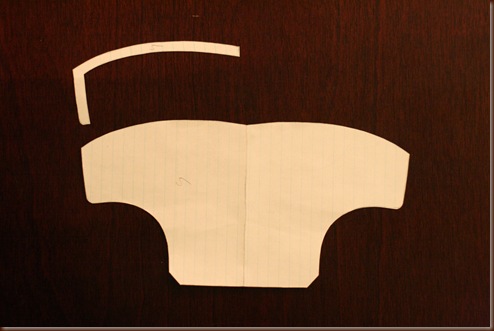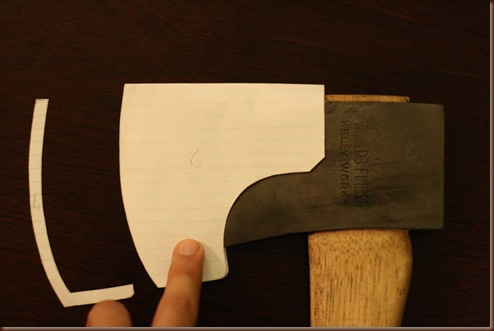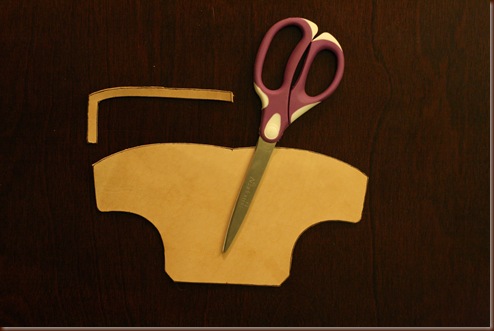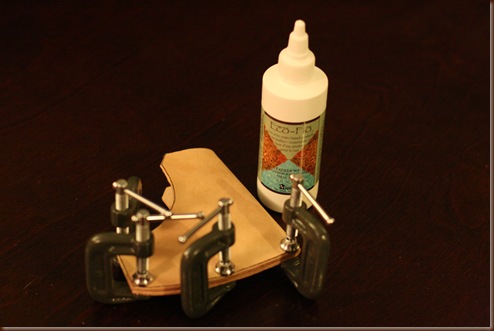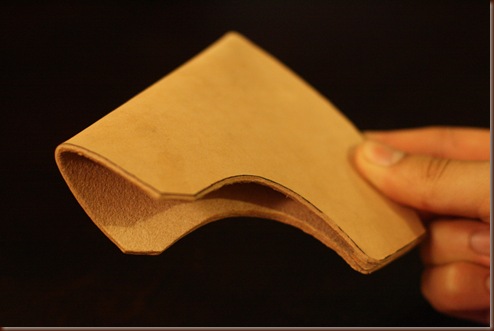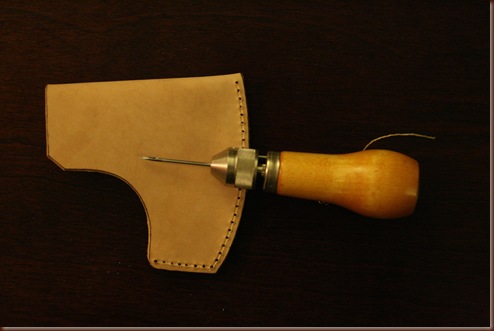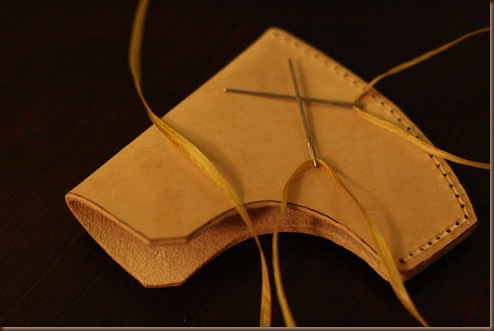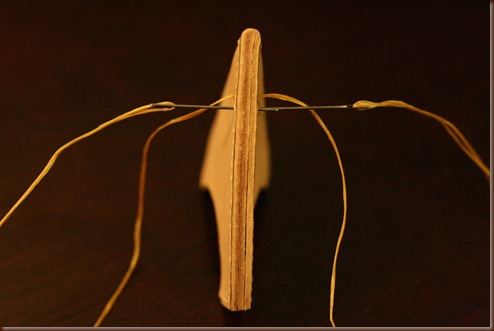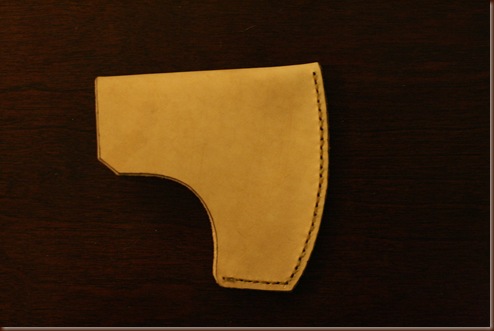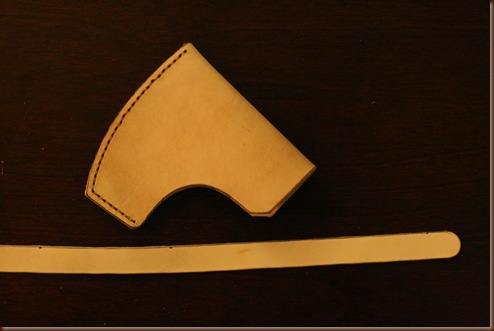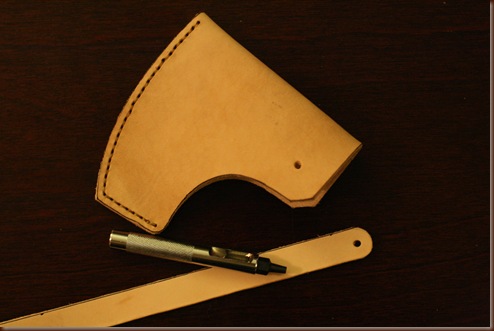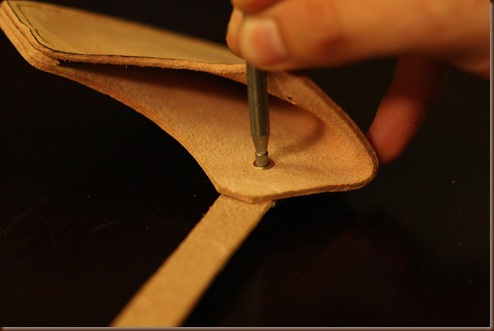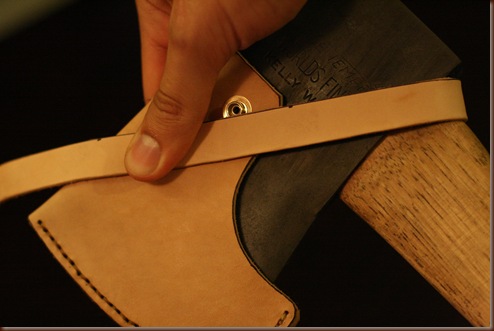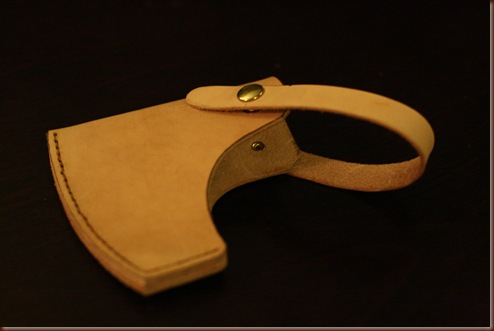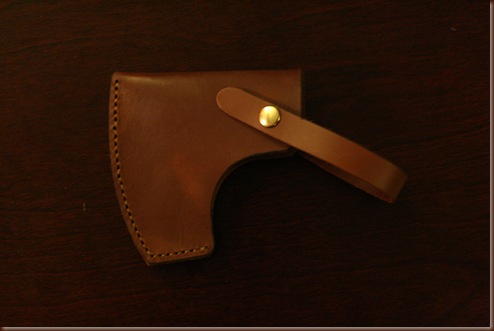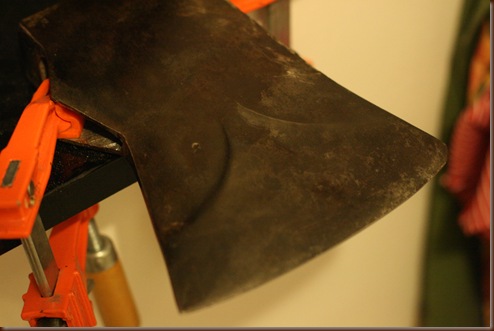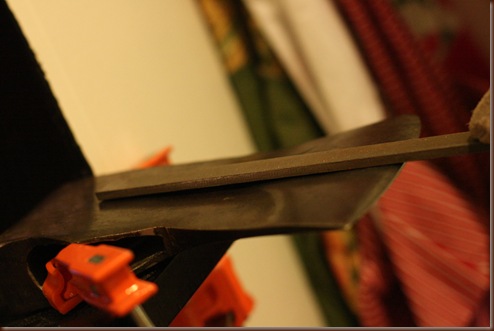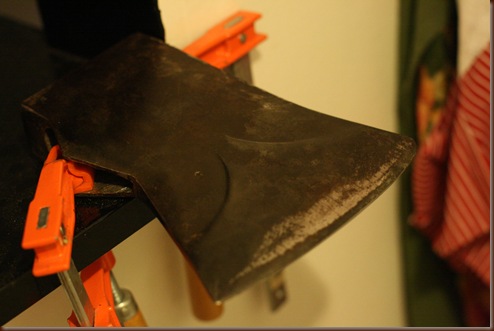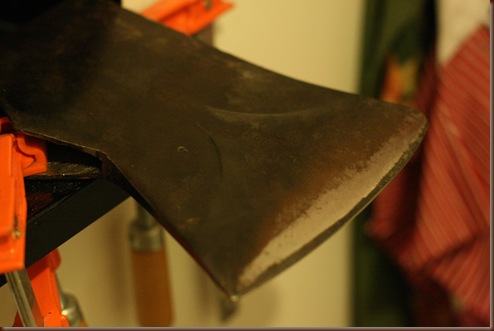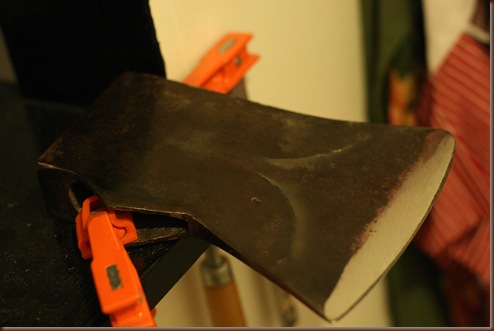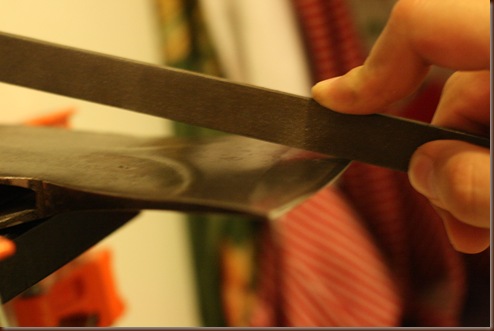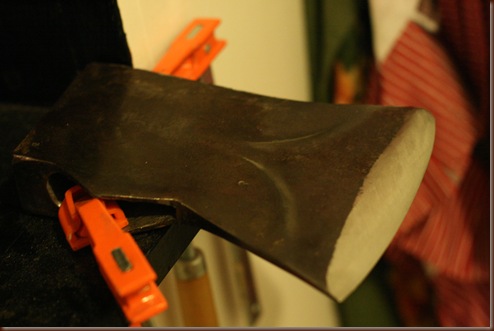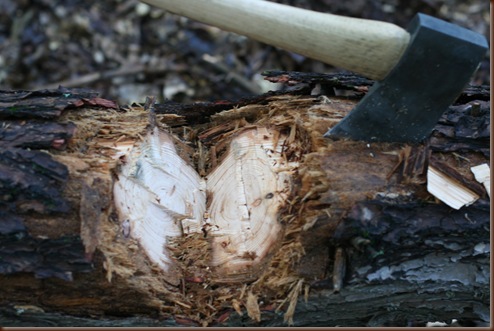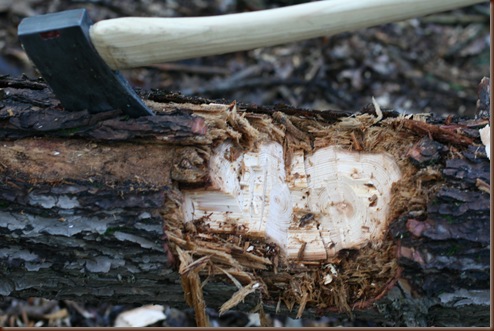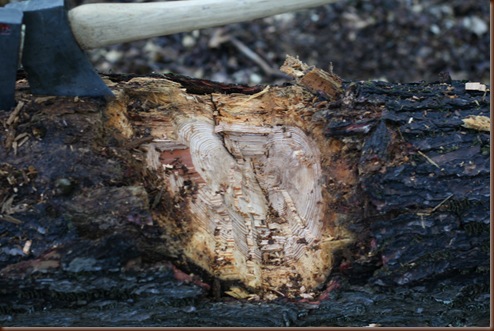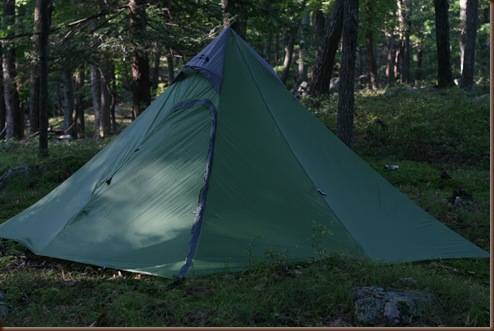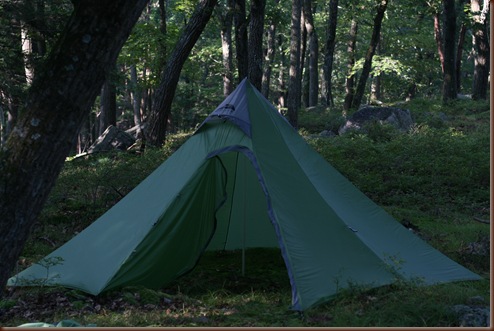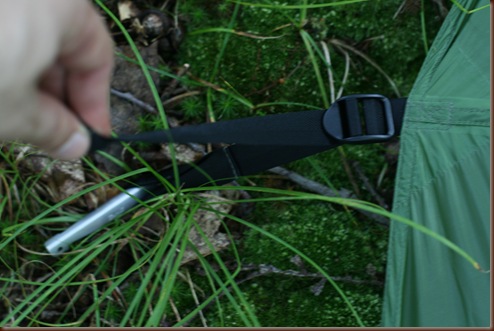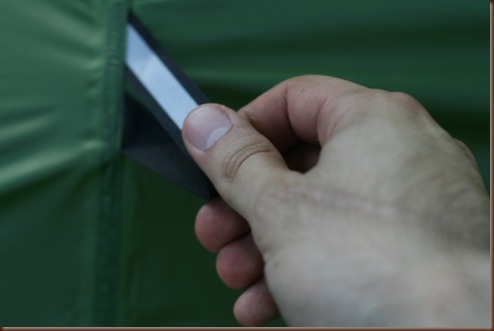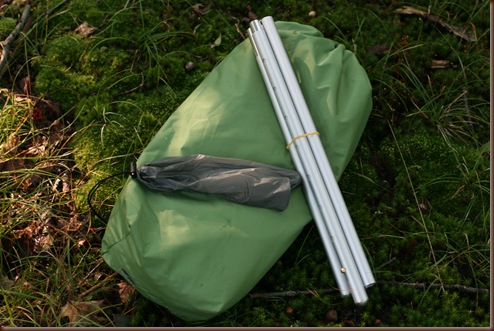
My husband is brilliant at cooking a barbecue and will cook outside for us in all weathers, providing there is a glass of wine to hand! The weather was a bit gloomy last Sunday but he cooked such a fabulous meal for us it didn't matter. I am sorry but you will all have to find yourself an 'all weathers' man for yourself, mines definitely taken!
There are a couple of other recipes on this site for spatchcock chicken - Spatchcock Chicken with Gremolata and a recipe by Nigella Lawson Spatchcock Chicken with Lemon and Rosemary, I couldn't choose a favourite because I enjoy them all equally.

I had already skewered the chicken and then decided to cook the chicken under a brick, which is simply a brick (or similar heavy weight) wrapped in a double layer of foil and placed on top of the spatchcock chicken to weigh it down and to ensure more of the surface area is in direct contact with the cooking surface. It's best to oil the foil otherwise it tends to stick to the chicken skin.
To spatchcock a chicken: Sit the chicken breast-side down on a clean work surface. Using poultry shears or a good pair of kitchen scissors,cut along the centre back of the chicken, running from thigh to wing on each side and removing the backbone from tail to neck. Open up the chicken and flatten by pushing down hard on the breastbone. Secure in position with metal skewers running from thigh to opposite wing.
Only a few ingredients are required for this recipe and if you can find a brick to use so much the better.
You will need:
1 whole spatchcock chicken, 1-2 tsp olive oil, grated zest of 1 lemon plus juice of 2 lemons, 1 tsp paprika, 1/2 teaspoon salt, 1 tsp paprika, 1 tsp ground black pepper, 1 tablespoon dried oregano
1. Put the oil, lemon zest and juice, paprika, salt and black pepper into a bowl and mix together.
2. Put the chicken into a large freezer bag and pour in the marinade to coat the chicken. Marinate for 1 hour.
3. Heat the barbecue until hot. Sprinkle the oregano liberally all over the chicken and cook for 40-50 minutes until golden and cooked through. Remove to a plate and leave to rest for 15 minutes.
Serve with a lovely Crunchy Salad.

You will need:
175g basmati and wild rice, 50g raisins, zest and juice 1 lime, 6 tbsp olive oil, 1 deseeded and chopped red chilli, 6 sliced spring onions, 1 deseeded and chopped red pepper, 4 celery sticks scrubbed and chopped, 1 red-skinned apple cored and chopped.
1. Cook the rice according to the instructions on the pack until tender. Strain the rice and cool by running cold water over. Drain well.
2. Whisk together the lime zest and juice and the olive oil, season with salt and ground black pepper.
3. Tip the cooled rice into a bowl and stir in the dressing followed by the rest of the ingredients. Keep in the fridge.
A nice glass of bubbly!

